Top 10 spirits brands on social media
Social media remains the go-to method for the spirits industry to communicate with consumers. We explore how the landscape of these platforms has developed over the last 12 months, and name our Social Media Hero 2022.
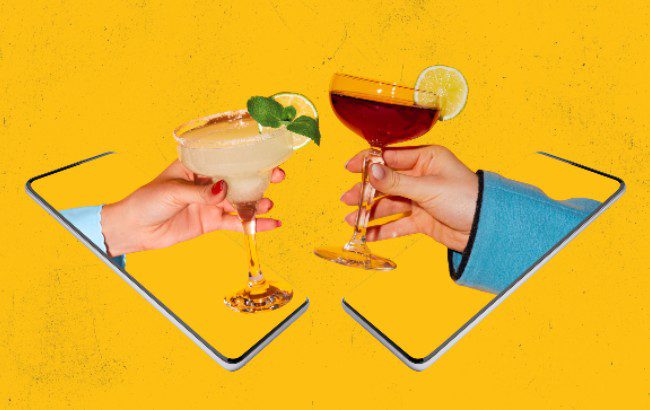
ALWAYS LINK RESPONSIBLY
The promotion of responsible drinking practices across social media channels has been a top priority for spirits brands over the last 12 months.
The UK’s Advertising Standards Authority (ASA) reported last summer that some alcohol campaigns are ‘falling short in minimising the possibility’ of their ads landing in the feeds of young people who have falsely or incorrectly registered their age, resulting in many children being ‘exposed to paid-for alcohol ads through their social media accounts’.
That is, in part, why producers and advertising and PR agencies joined forces in September 2021 to form the International Alliance for Responsible Drinking (IARD) and implement the first industry-wide standards for the responsible marketing of alcohol by influencers. The coalition pledged to conduct diligence on the influencers they partner with, to use age-affirmation technology where possible, and to advocate for a better understanding of responsible drinking.
Safeguards have now been put in place by the companies involved to ensure that when working with alcohol brands, influencers are provided with the necessary tools and guidance for content creation, building on the IARD’s previous initiatives to improve the way alcohol is marketed on social media.
THE REEL DEAL
Video-sharing platform TikTok, which is expected to reach 1.5 billion monthly active users by the end of this year, generated US$4.6 billion in paid ad revenue in 2021 (The TikTok App Report 2022). However, the drinks industry wasn’t responsible for a single penny of it.
Advertisements promoting alcoholic beverages, alcohol subscription services, alcohol-making kits and alcohol-sponsored events are all prohibited on the platform. This includes low-alcohol, alcohol-free and zero-ABV beverages, as well as soft drinks presented as no-alcohol alternatives or mixers.
To add insult to injury to brands or drinks influencers hoping to grow organically on the platform, TikTok updated its community guidelines in March to stop the promotion of alcohol-related content on the app’s discovery pages. As a result, TikTok has been a non-starter for drinks brands looking to tap into the expansive database of users.
Alfie Green, founder of social media agency We Are Monty, said: “Every client this year has asked us ‘how can we go live on TikTok?’ and the answer is, basically, you can’t.” Green noted many drinks brands have instead pivoted to better utilising the functions available to them on other social networks to generate leads: “[Instagram] reels- and TikTok-style content is here to stay. For drinks brands, the challenge is how to keep ahead.”
The rise of short-form content doesn’t come without its trials. “It’s a challenge for many, but just getting content shot has been the priority for our spirits and drinks brand clients,” Green said. Having to create content at speed and en masse to maintain momentum has led to a trend in the creation of ‘less polished’ content from many drinks brands, meaning that for those with limited time or budget, content has become more ‘in the moment’.
This candid style is rewarding brands with high engagement and sale conversions. Patrón has tapped in-app editing functions in the curation of its reels, giving its videos a more ‘home-made’ and relevant style, while Aperol has utilised user-generated content to create an inclusive feel with its consumers.
Casamigos, for the most part, stays away from heavily produced imagery and video, and instead generates relatable, shareable content, including meme-style images and humorous short-form videos.
The ability of brands to tell their stories through the use of reels and short, ephemeral videos has also allowed them to adjust to the Millennial demand for engaging brand stories. “Storytelling is more important than ever,” Green said. “Millennials are looking for brands they can shout about around a dinner table. They want bragging rights that they’re doing good by drinking good, and want to align with brands that have impact across their life with a focus on not just the product, but on the lifestyle that comes with it.”
The list has been compiled as part of The Spirits Business‘s Brand Champions 2022 report, which is available to view here. As such, it includes only brands that sell more than one million nine-litre cases annually.
These figures are based on research conducted in May 2022, and so the majority of brands included have most likely grown their followers and fans since.
10. Havana Club

Facebook fans: 2,377,681 | Twitter followers: 7340 | Instagram followers: 110,231 | Total: 2,495,252
Frequency 6 | Engagement 7 | Creativity 8 | Consistency 7.5 | Overall Score 28.5
Pernod Ricard’s Havana Club saw a drop in followers on its Facebook account over the last year, a drop which mirrors the brand’s decline in posting. Over on Instagram and Twitter, however, the rum brand posted a lot more frequently with engaging content designed to involve its audience. On both channels, the brand shared its Friday cocktail series, offering a weekly recipe inspiration to kick off the weekend.
9. Absolut
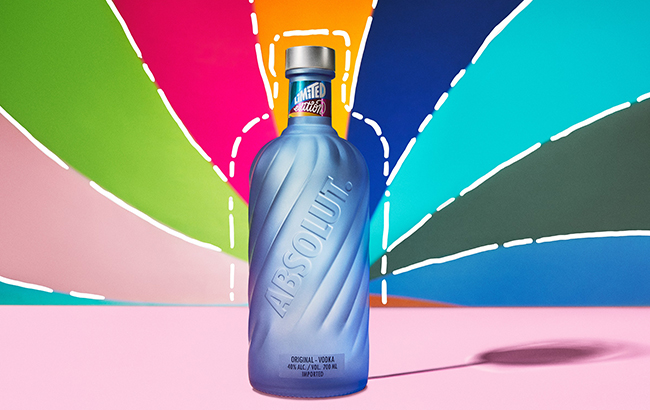
Facebook fans: 7.6 million | Instagram followers: 315,780 | Twitter followers: 87,738| Total: 8,003,518
Frequency 7 | Engagement 8 | Creativity 8 | Consistency 8 | Overall Score 31
Absolut is another brand that hasn’t prioritised its Facebook account over the last 12 months, posting enough content just to keep the account ticking over, but not enough to generate hype or large levels of engagement. Instead, Absolut directed its focus to Instagram, posting a consistent mix of strong, colourful and engaging content which has kept its following high and consistent. Recipes and product information has been championed the most on the platform, with a clever use of reels and stories offering amusement.
Over on Twitter, the witty personification of the brand has lead to huge ‘retweet appeal’ – a smart technique for a brand looking to widen its reach. The brand’s social campaign with the annual Coachella festival generated inclusive content which was shared and promoted by many.
8. Hennessy
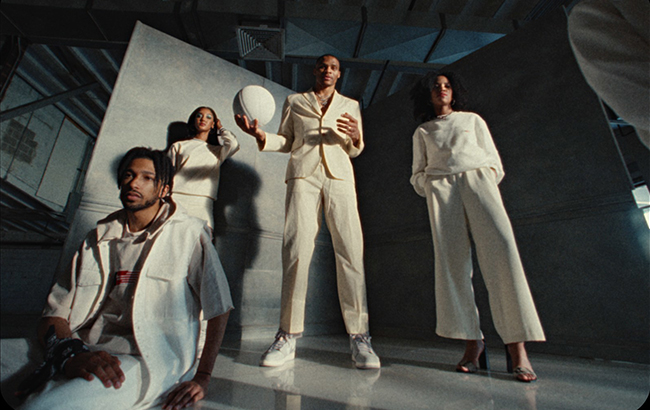
Facebook fans: 3,660,485 | Instagram followers: 717,910 | Twitter followers: 72,204 | Total: 4,450,599
Frequency 8 | Engagement 9 | Creativity 7 | Consistency 8 | Overall Score 32
For Cognac brand Hennessy, variety was the spice of life when it came to social media posting over the past year. The brand brought consistency to its Facebook platform with daily-posted content created specifically for the platform, and generated an eclectic mix of posts on Instagram including both reels and videos, and the reward was high engagement across the board.
Hennessy chose to highlight personalities over liquid with its ‘Never Stop Never Settle’ campaign in partnership with the National Basketball Association (NBA), which appealed to consumers with posts featuring popular basketball players.
7. Jack Daniel’s
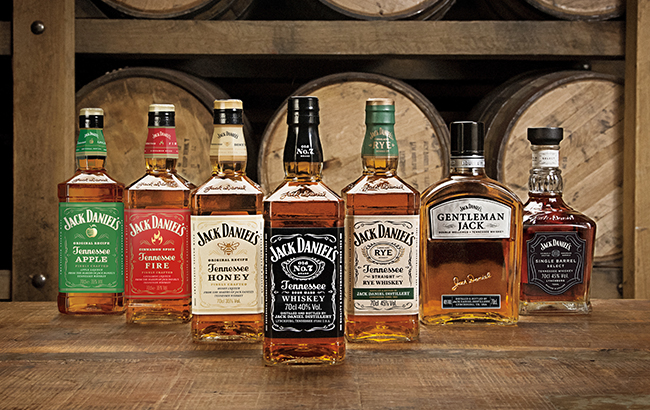
Facebook fans: 18,194,920 | Instagram followers: 651,967 | Twitter followers: 199,790 | Total: 19,046,677
Frequency 9 | Engagement 8 | Creativity 7.5 | Consistency 8 | Overall Score 32.5
The Tennessee-based whiskey brand isn’t shy of sticking to a strong aesthetic theme on its social media platforms, as demonstrated with its use of Instagram stories. While perusing the highlights, there was no doubt which brand this channel belonged to, with a strong use of graphics, colour and design, and it all continued onto the grid.
The brand has swerved jumping on the reels bandwagon for now, sticking instead to regular video and image posting, both of which have kept engagement rates up.
6. Casamigos
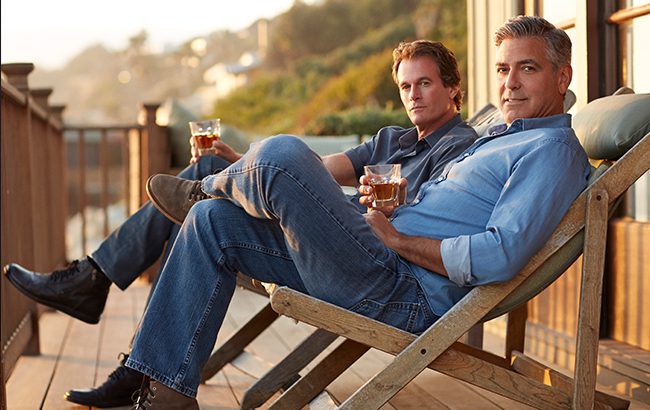
Facebook fans: 127,140 | Instagram followers: 224,671 | Twitter followers: 13,251 | Total: 365,062
Frequency 8 | Engagement 8 | Creativity 9 | Consistency 8 | Overall Score 33
Our Supreme Brand Champion has a lower following rate on social media than we expected, given the size and gravitas of the brand. Despite the star power associated with its co-founders, and the high cash levels behind it, a lot of the content shared feels a lot less polished and heavily produced than the other brands in this list. As we mentioned before, this organic, almost whimsical style of posting works well, and for Casamigos, it has paid off.
The brand has leant into the ‘meme culture’ that has become prolific on social media, generating sharable content with viral quality. For Thanksgiving, an image of a turkey being basted with Tequila was posted to Instagram, and at Easter, a video of a Tequila shot being served in a chocolate egg generated high levels of engagement with the account.
5. Grey Goose
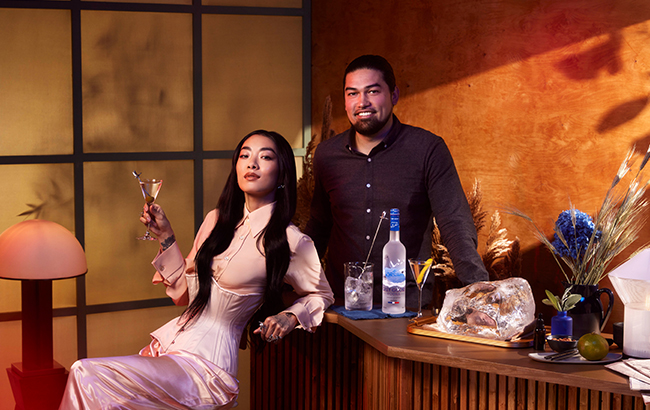
Facebook fans: 2,448,036 | Instagram followers: 360,270 | Twitter followers: 89,103| Total: 2,897,409
Frequency 8 | Engagement 8.5 | Creativity 8.5 | Consistency 8 | Overall Score 33
Bacardi-owned Grey Goose tied with Casamigos on the same level of points, but pipped the Tequila brand to fifth position with its strong use of graphics across its social media channels over the last year, creating a powerful brand identity that was recognisable and consistent, while sharing recipes and information about the brand.
The French vodka brand utilised the resources offered to it on Twitter, hosting numerous poles and quizzes to increase engagement with its following. Many of the questions asked erred on the side of fun, and were accompanied by humorous threads relating to cocktails, including one ‘insightful’ thread which listed what a consumer’s choice of brunch cocktail says about them.
On all platforms, the brand has shared a video series called “The Shop presented by Grey Goose” which features a collection of interviews hosted in barber’s chairs, and also made use of celebrity generated content.
4. Hendrick’s

Facebook fans: 932,847 | Instagram followers: 224,992 | Twitter followers: 52,413| Total: 1,210,352
Frequency 8 | Engagement 8 | Creativity 8.5 | Consistency 9 | Overall Score 33.5
The whimsical and sometimes ‘kooky’ style of content Hendrick’s is known for has been prolific across each of the brand’s channels these past 12 months. The signature brand colours of greens and deep reds is woven into much of the creative content, and the brand’s unique and characterful tone of voice has been carried across the platforms, keeping a strong consistency with the brand image and style.
Hendrick’s is the only brand on our list that generated and shared content in different languages; an impressive and inclusive strategy which awarded it this high position in the list.
3. Jameson
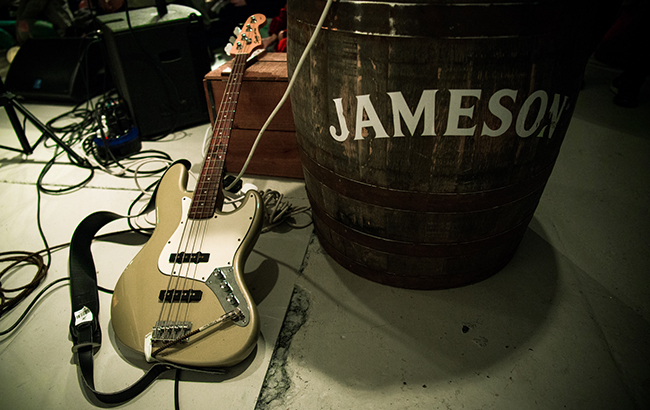
Facebook fans: 4,145,689 | Instagram followers: 189,792 | Twitter followers: 42,374 | Total: 4,377,855
Frequency 9 | Engagement 8.5| Creativity 8 | Consistency 8 | Overall Score 33.5
Tying with Hendrick’s on points is the Pernod Ricard-owned Irish whiskey brand, Jameson, which offered a slightly more varied style of content than its neighbour, earning it a higher position in the rankings.
What impressed us the most about the brand’s social media presence was the Jameson Connect Series, which combines music with visual content to create a convivial community feel to the brand. The brand also made use of reels by generating a ‘17 questions’ series which has added a more personal touch to the account.
2. Tanqueray
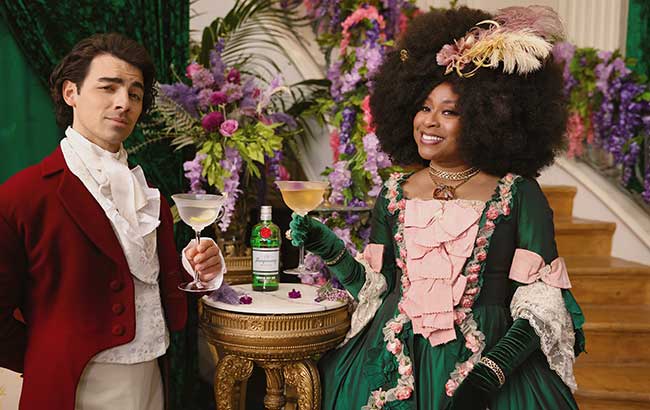
Facebook fans: 525,253 | Instagram followers: 233,131 | Twitter followers: 23,578 | Total: 781,962
Frequency 6.5 | Engagement 9 | Creativity 9.5 | Consistency 9 | Overall Score 34
Despite having completely rejected Facebook as a worth-while platform for its social media marketing, Tanqueray has taken the second spot on the podium with its clever ability to utilise popular culture references. After partnering with actor Stanley Tucci following the popularity of his ‘controversial’ cocktail hours during lockdown, Tanqueray has continued to work with the star to generate fresh and engaging content, including being the only brand in the list to utilise the guides function on Instagram.
Tanqueray also partnered with Netflix series Bridgerton to mark the release of the show’s second series, by premiering a spot featuring Joe Jonas who has previously worked with the brand on a separate activations.
1. Johnnie Walker
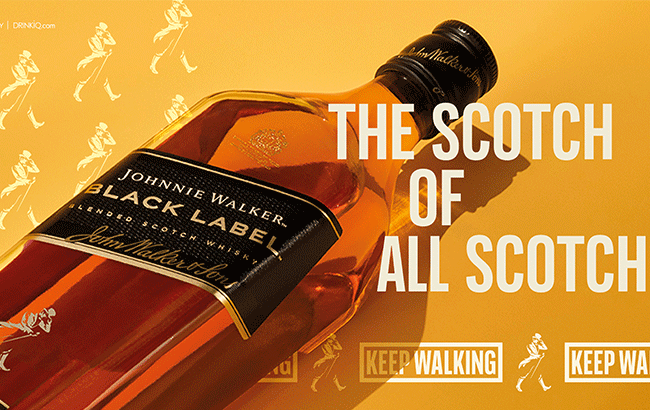
Facebook fans: 14,621,655 | Instagram followers: 451,487 | Twitter followers: 37,424 | Total: 15,110,566
Frequency 8.5 | Engagement 9 | Creativity 9 | Consistency 9.5 | Overall Score 36
It is Johnnie Walker’s strong use of storytelling across all its platforms that has led us to name the Diageo-owned blended Scotch whisky brand as our 2022 Social Media Hero.
Over the last year, Johnnie Walker has demonstrated an acute awareness of the consumer’s desire to be involved in its story, while also prioritising gender and racial inclusivity within its visual content, allowing everyone to join the narrative.
On Twitter, engagement and interaction has been strong, and this is also where the focus on storytelling has shone for the brand. Continuing its gender-inclusive messaging, Johnnie Walker has launched many US partnerships, including a First Women campaign with IFundWomen, a funding marketplace for female-owned businesses, to promote its commitment to helping close the gap of financial support between genders.
Johnnie Walker master blender Dr Emma Walker is at the forefront of the brand’s storytelling on its UK-based Instagram channel, while the whisky’s Keep Walking campaign, which reinforces its commitment to progress and moving forward, offers positive messages of progression following the global pandemic. With a clear goal in mind for its social media strategy over the past year, Johnnie Walker has built the foundations of a path that all brands should seek to follow.
Keep walking, indeed.
Related news
Cocktail stories: Speed Bump, Byrdi
